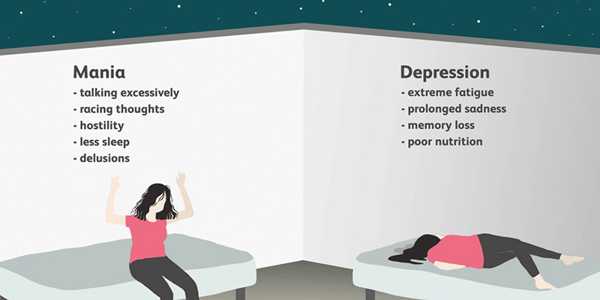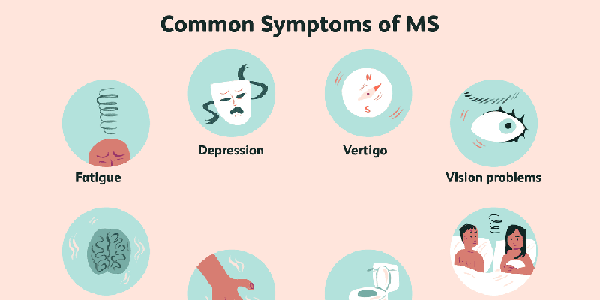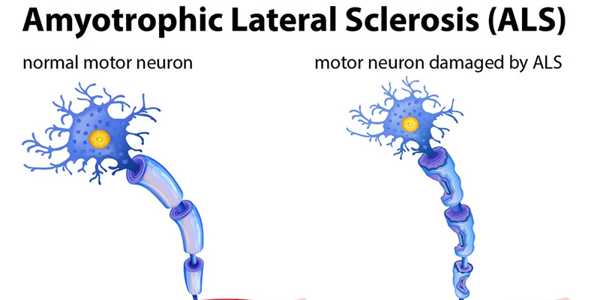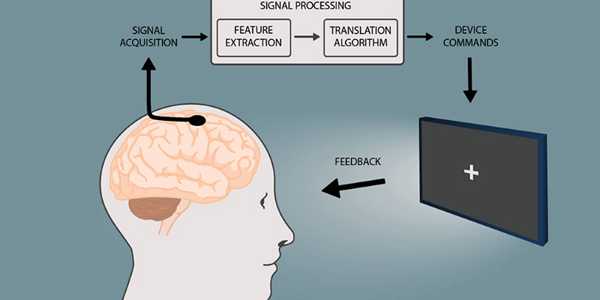
10 Facts about Human Metapneumovirus (HMPV) You Need to Know
Human metapneumovirus (HMPV) is a common respiratory virus that often causes cold-like symptoms, such as coughing, wheezing, and a runny nose. HMPV spreads easily and most people are infected by the age of 5. Understanding its transmission and impact is important, especially for vulnerable groups, to improve health responses and prevent serious outbreaks.

What is HMPV and What are the 7 Symptoms?
Human Metapneumovirus (HMPV) is a respiratory virus often causing mild cold symptoms but can lead to severe illness in infants, the elderly, and those with weakened immune systems. Most people are exposed by age five. Understanding its symptoms and impact is crucial for managing the virus and preventing complications. Here’s what you need to know to stay informed and protect yourself and loved ones.

Discover 6 Effective Osteoporosis Treatment Options
Osteoporosis is a growing global health issue, especially among the elderly, marked by reduced bone density and increased fracture risk. As populations age, its prevalence rises. Understanding treatment options and preventive measures is essential. Proactive management through lifestyle changes and medical interventions is key to preventing complications.

5 Symptoms And 4 Treatment Options Of Osteoporosis
Osteoporosis is a debilitating condition that weakens bones, leading to increased fracture risks. Known as the "silent disease," it often goes unnoticed until a fracture occurs. This condition not only affects individual health but also burdens families and healthcare systems. Raising awareness and prevention is crucial for better bone health and reducing its impact.

Unlock Your Comfort: The Hidden Benefits Of Foot Orthotics
Foot orthotics are specially designed inserts that provide support, alignment, and cushioning for the feet. Their primary purpose is to alleviate pain, improve posture, and enhance overall foot health. In recent years, consumer awareness and adoption of foot orthotics have surged as more individuals recognize their transformative benefits. Whether for relief from chronic conditions, enhanced athletic performance, or simply increased comfort in daily activities, foot orthotics are fast becoming a crucial element of personal wellness. This article will explore the various advantages of foot orthotics that unlock comfort and promote better foot health for everyone.

What Are The Signs And Symptoms Of Bipolar Disorder?
Bipolar disorder is a complex mental health condition defined by significant mood swings that oscillate between emotional highs (mania or hypomania) and lows (depression). Recognizing the signs and symptoms is essential not only for those who may be experiencing bipolar disorder but also for their families and friends.

What Are The Causes And Symptoms Of Dyssomnia?
Sleep is an essential aspect of our health, with disorders affecting millions globally, among which dyssomnia stands out as one of the most common. Dyssomnia refers to a variety of conditions that obstruct restorative sleep, which can manifest as difficulties in falling asleep, maintaining sleep, or obtaining restorative sleep.

What Is Multiple Sclerosis? Symptoms And Treatment Options
Multiple sclerosis (MS) is a chronic autoimmune disease that affects the central nervous system, disrupting communication between the brain and the body. This complex condition varies widely in its symptoms and progression, manifesting in physical, cognitive, and emotional challenges that can significantly impact daily life. As of recent estimates, approximately 2.8 million individuals are diagnosed with MS worldwide, with women being three times more likely to develop the disease than men. The onset of MS typically occurs between the ages of 20 and 40, which can be especially challenging as it impacts individuals during pivotal years of their lives.

What Are The Main Causes Of Migraines?
Migraines are a debilitating health issue affecting approximately 12% of the global population, impacting children, adolescents, and adults alike. Characterized by intense, throbbing headaches, these episodes are frequently accompanied by nausea, light sensitivity, and debilitating fatigue. Such symptoms can significantly impair daily activities and overall quality of life. As a common neurological disorder, understanding the intricate causes behind migraines is essential for individuals suffering from this condition, as well as for healthcare professionals who aim to provide effective care.

Understanding Amyotrophic Lateral Sclerosis (ALS)
Amyotrophic Lateral Sclerosis (ALS), commonly known as Lou Gehrig's disease, is a progressive neurological disorder that primarily targets motor neurons in the brain and spinal cord. As these neurons deteriorate, individuals face a gradual decline in muscle control, resulting in significant physical challenges. The implications of ALS extend far beyond the individual diagnosis, affecting families, friends, and communities, thus highlighting the urgent necessity for increased awareness and empathy.

What Causes Osteoarthritis and How to Prevent It?
Osteoarthritis (OA) is a widespread degenerative joint disease that significantly affects the quality of life for millions worldwide. Characterized by the gradual wear and tear of cartilage, osteoarthritis often leads to discomfort and impaired mobility. Given the rising numbers of individuals diagnosed with this condition, largely due to ageing populations and increasingly sedentary lifestyles, a focus on preventive strategies is essential.

Symptoms of Prostate Cancer You Should Never Ignore
Prostate cancer stands as one of the most prevalent cancers affecting men on a global scale. In the United States, 236,659 new cases were reported in 2021, with an incidence rate of 112 per 100,000 males, according to data from the National Cancer Institute. Additionally, most of these cases (70%) were diagnosed at the local stage. Globally, this disease's substantial impact on public health cannot be overstated.

What is Mpox (Monkeypox) and What Are the Symptoms?
In an era where infectious diseases can rapidly impact global health, enhancing our understanding of Mpox (Monkeypox) is more essential than ever. This article provides an informative overview of Mpox, exploring its causes, symptoms, and transmission modes to improve public awareness. We will identify at-risk groups and outline effective prevention strategies. Furthermore, a detailed FAQ section addresses common queries, ensuring readers are well-informed.

How Brain-Computer Interfaces Are Changing Neurology?
In an era where technology is intricately intertwined with biology, brain-computer interfaces (BCIs) emerge as a pioneering innovation within the neurological landscape. These groundbreaking devices not only establish a direct communication link between the human brain and external machinery but also offer transformative potential in treating neurological disorders such as paralysis, epilepsy, and ALS.

What Is Carpal Tunnel Syndrome And How To Prevent It?
Carpal Tunnel Syndrome (CTS) is a common condition resulting from pressure on the median nerve in the wrist, manifesting in pain, numbness, and tingling sensations within the hand. In today’s digital age, the prevalence of CTS has surged, particularly among office workers, factory employees, and those engaged in repetitive tasks.

What Causes Scoliosis And How Is It Treated?
Scoliosis is a spinal deformity that features an abnormal lateral curvature of the spine, often taking on an ‘S’ or ‘C’ shape. Understanding scoliosis is vital for maintaining overall spinal health, as untreated misalignment can lead to significant discomfort and other complications. For patients, caregivers, and healthcare professionals alike, comprehending the various causes of scoliosis—from congenital factors to neuromuscular diseases—and the available treatment options is critical for effective management of the condition.







